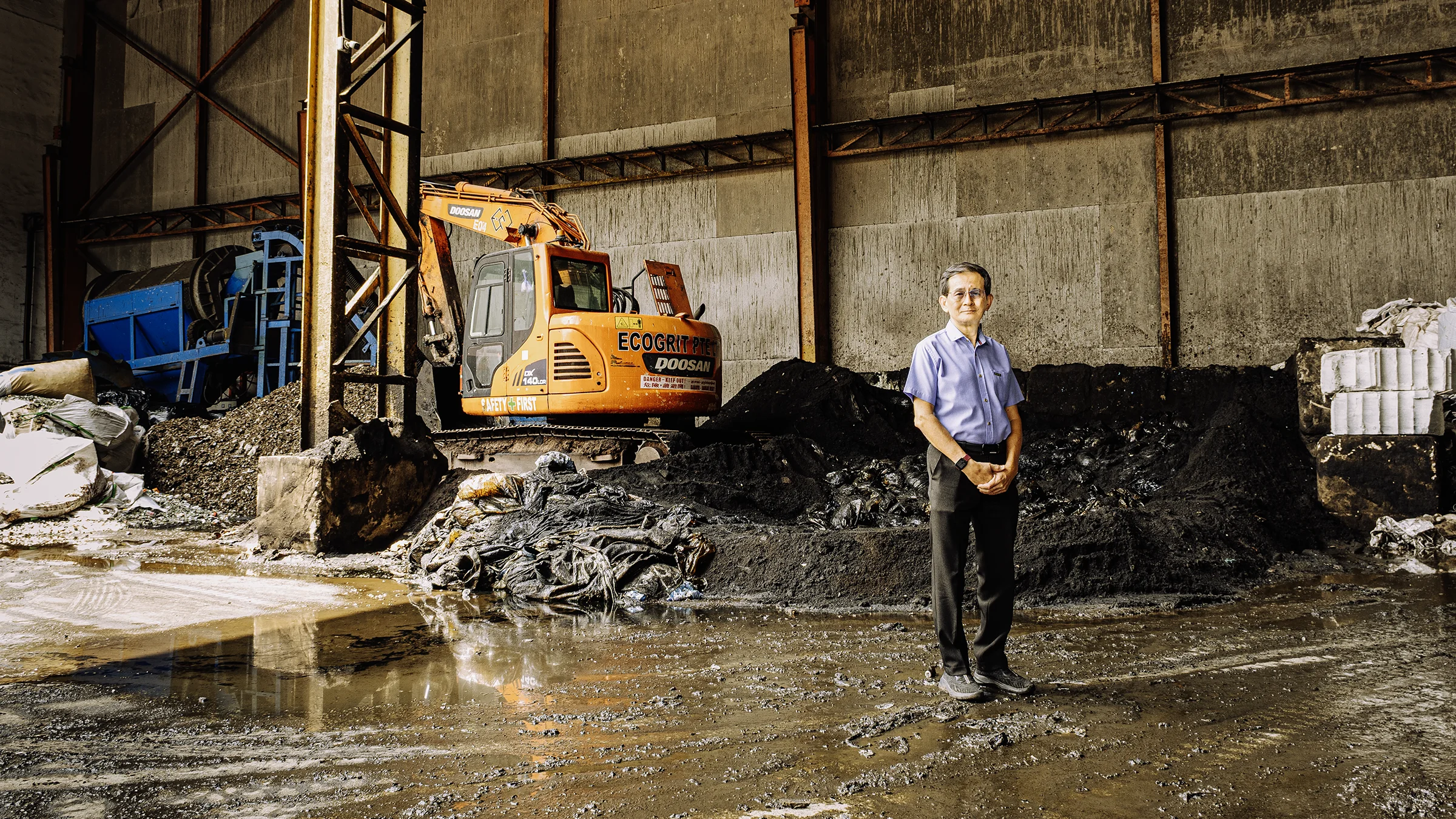
At 69, Gin Keat Ong (GK) stands as a veteran in the waste management industry. He has been deeply involved in the sustainability sector for the past two decades, advocating for sustainable waste management, biomass-based energy, recycling, and upcycling. For GK, waste management is more than an end-of-pipe industry. It is part of a larger consumption system shaped by single-use designs and a lack of consideration for what happens at a product’s end of life. When waste increases and is not properly managed, it causes more environmental harm, and contributes to climate change.
Today, GK is part of a team managing an 8,000m² waste management facility that processes commercial and industrial waste for reuse. GK was instrumental in registering Singapore’s first Clean Development Mechanism (CDM) project under the United Nations Framework Convention on Climate Change (UNFCCC), and in executing the country’s first carbon credit sale.
What has climate change done here?
Climate change poses a significant challenge for Singapore and has led to increasing waste. Yet, waste management itself is often poorly understood. This is largely because the public has little exposure to the work carried out by waste management professionals. Quite frankly, it happens mostly behind the scenes—outside, out of sight, and out of mind—so it rarely enters public awareness. But waste management is an essential part of our lives, and we need to account for it. In fact, it spans our entire existence, from cradle to grave. While we tend to focus on production and consumption, we often overlook what happens to the waste generated in between. That is where the real questions arise: what do we do with it?
In waste management, especially when discussing the “end of life” of products, we must ask, is it truly the end? This question is even more pressing in Singapore, where land and storage space are limited. How can we design products for multiple uses or extend their lifespan? We need to consider the long-term life cycle. A product reused four or five times, even if it costs 5% or 10% more upfront, is ultimately worthwhile. Unfortunately, our culture has not yet fully embraced reusing and reducing.
What do you think world leaders have to do now to stop things from getting worse and to help us adapt?
World leaders need to emphasize more on reducing consumption and reducing energy use. It is time to do more action than talk. The first one is actually to look at redesigning our entire consumption system. So how can we make things better, longer-lasting, without excessive consumption?
Consumption is the lifeline and lifeblood of any organization or any country. Unfortunately, without consumption, there is no economic growth. And without economic growth, obviously, people's lives are impacted. So, consumption unfortunately is a driver, but responsible consumption is more important.


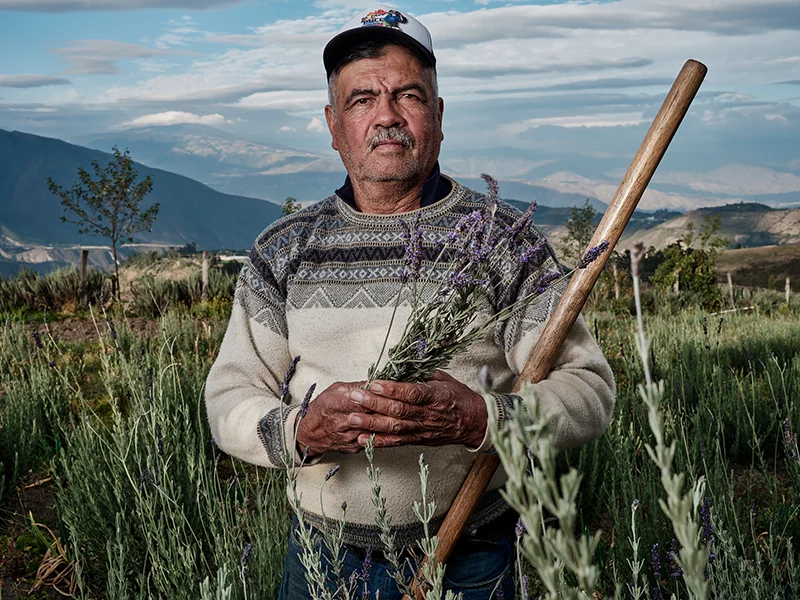
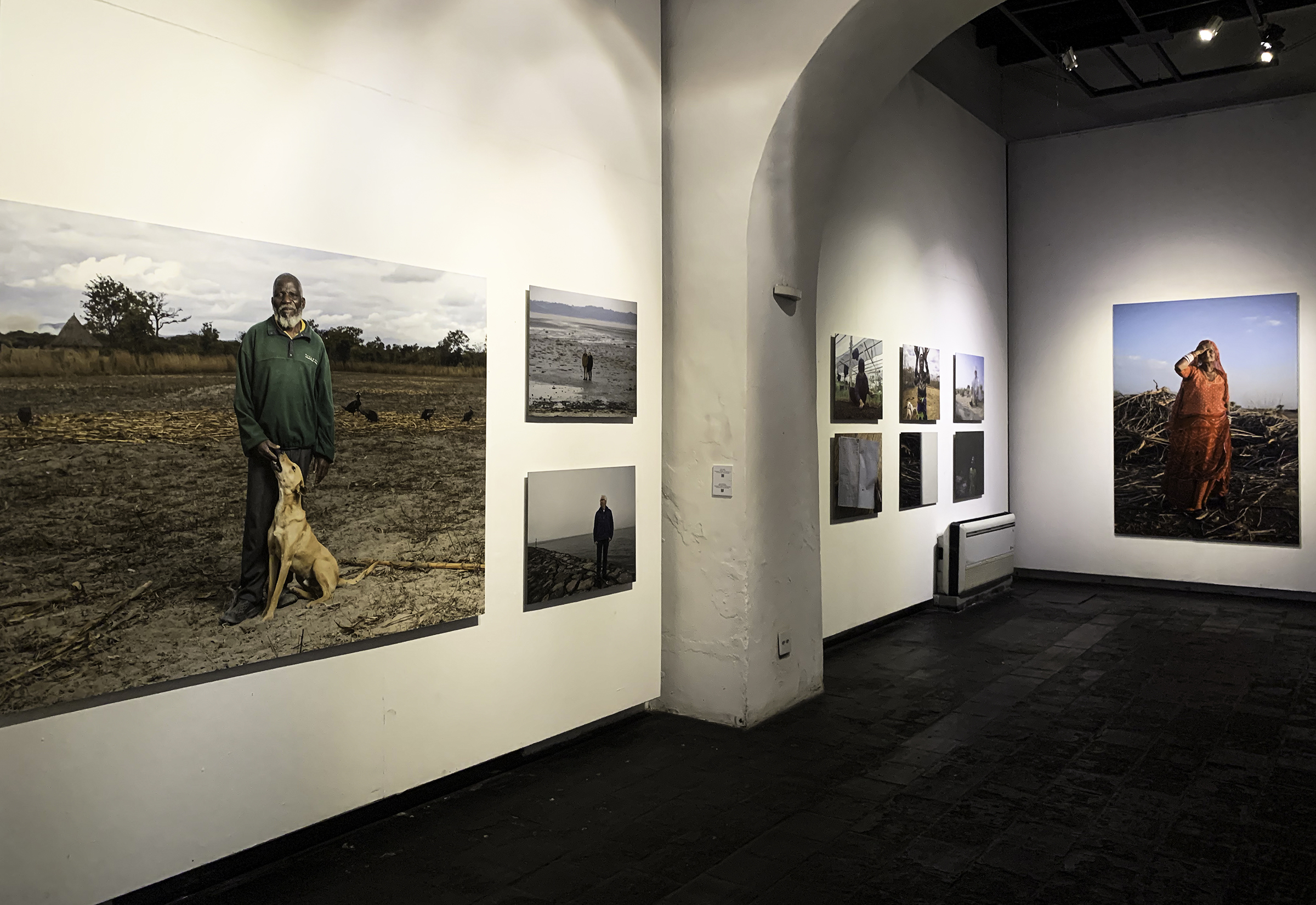
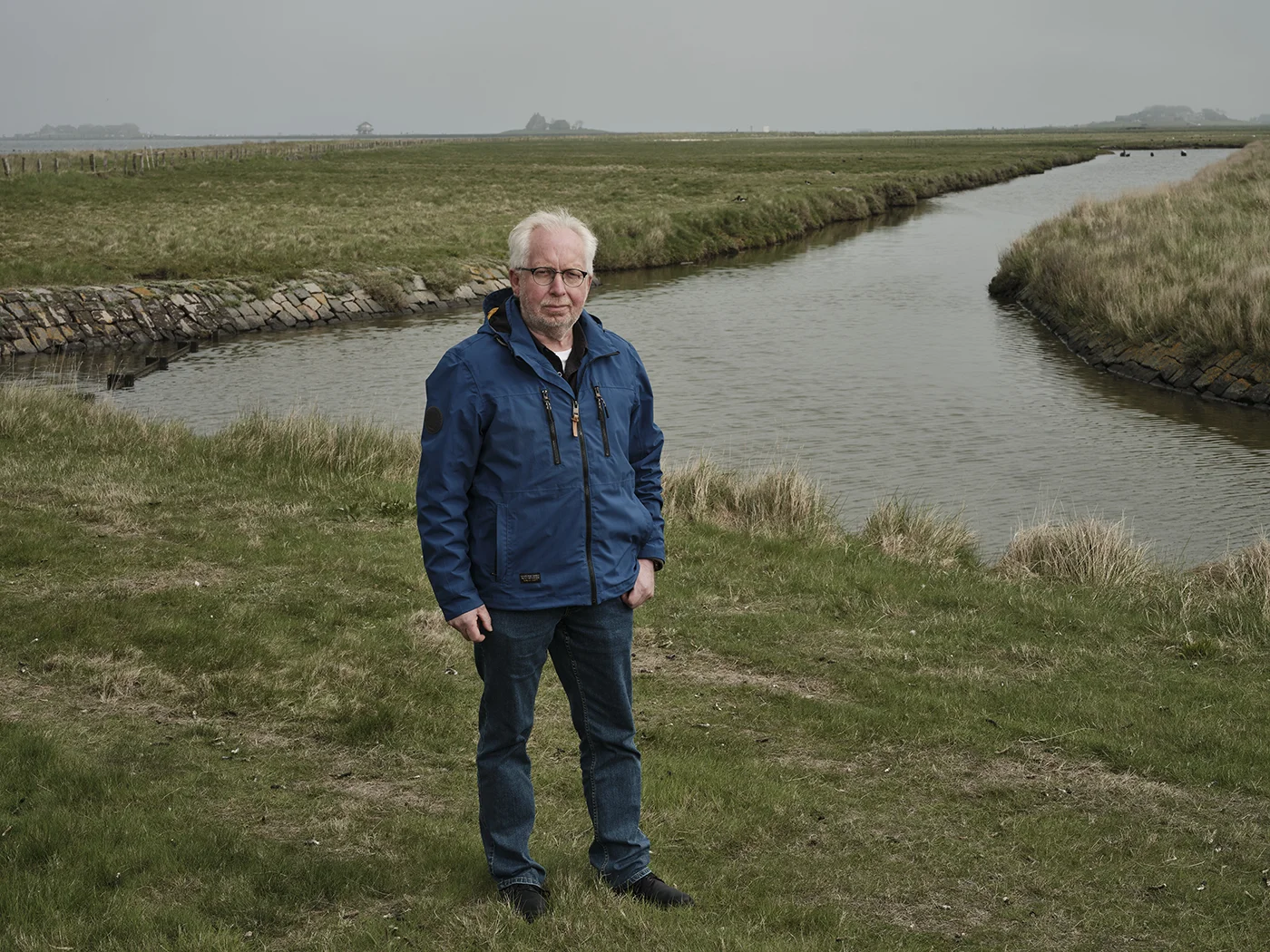
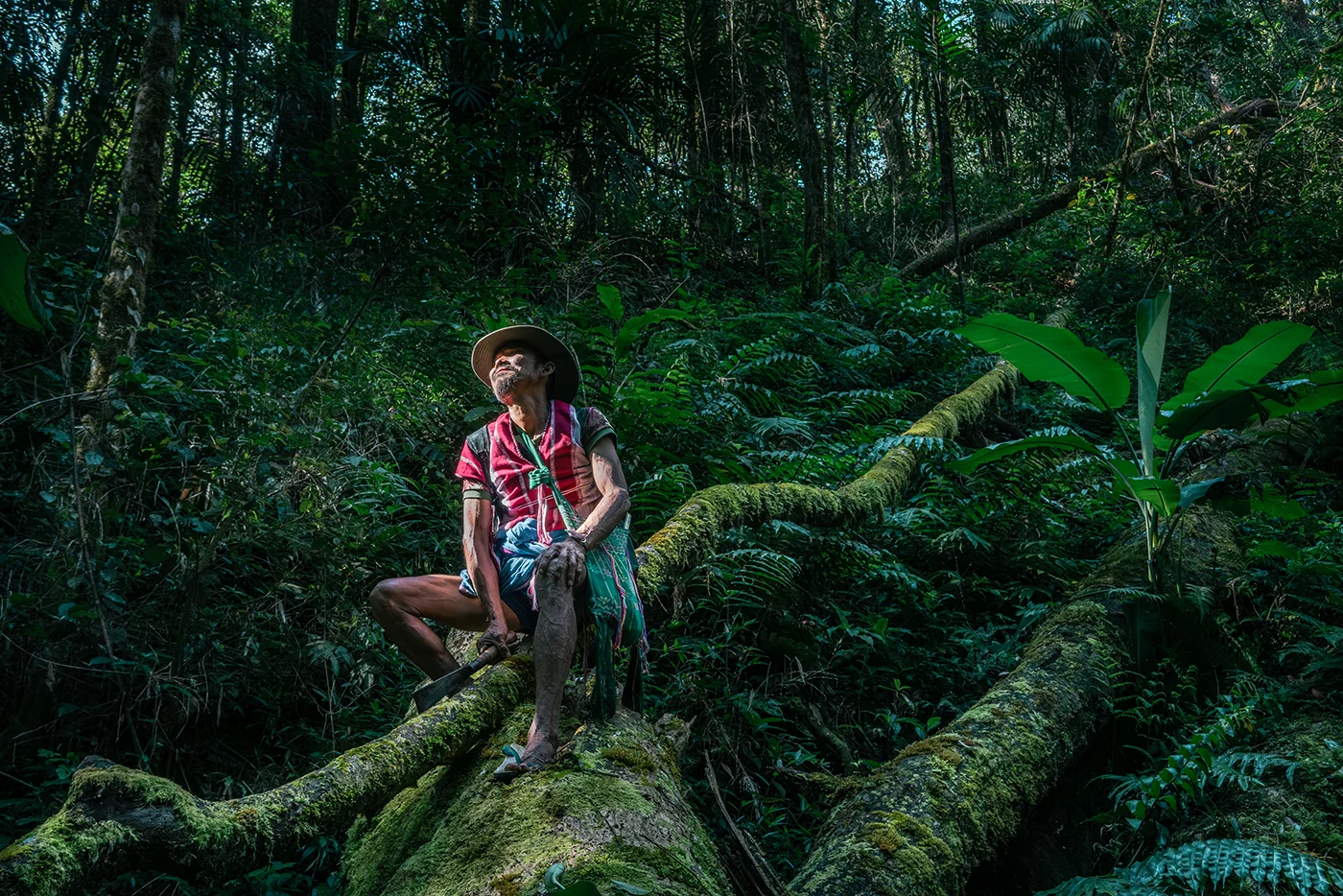
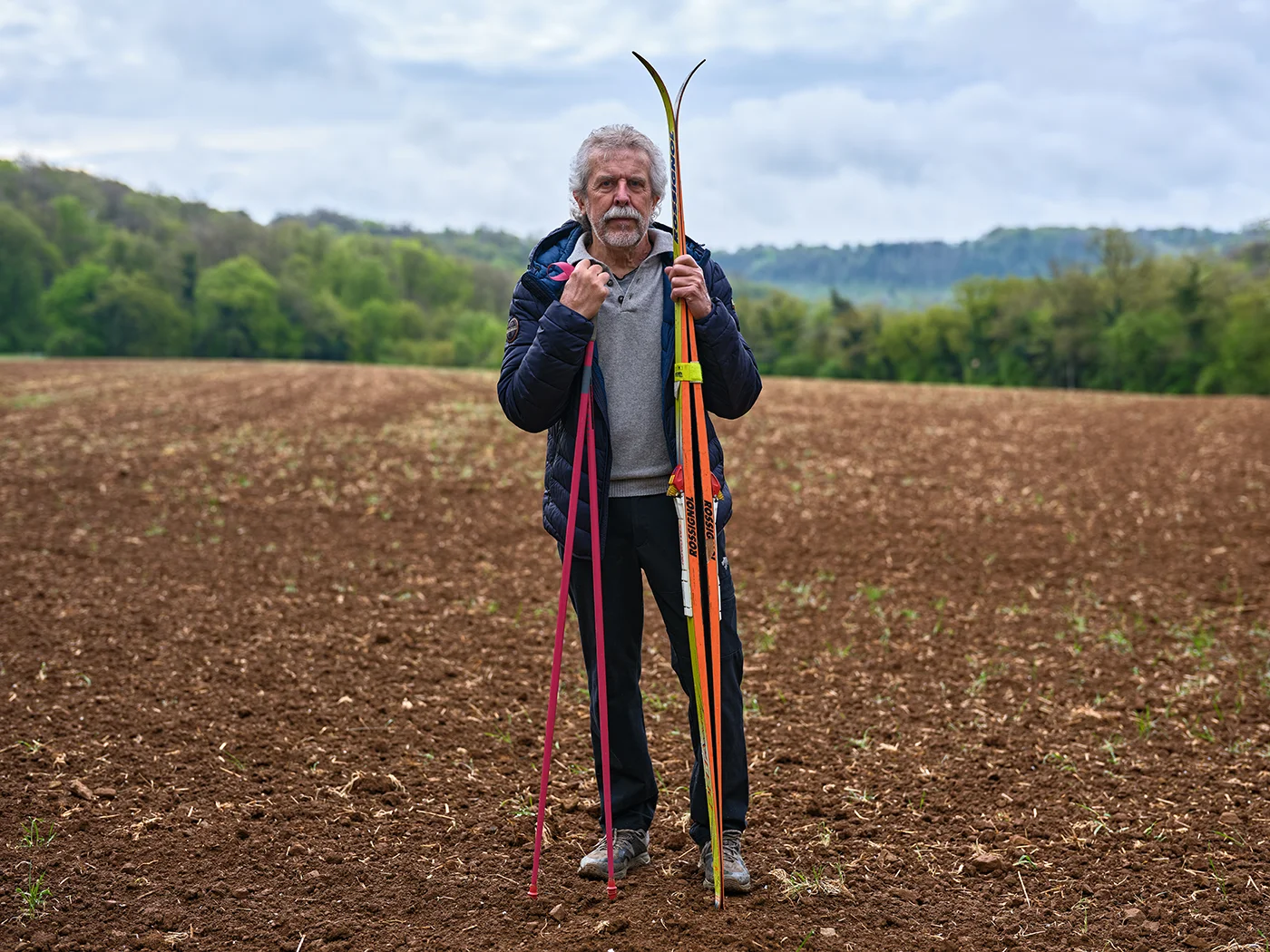




































.svg)






